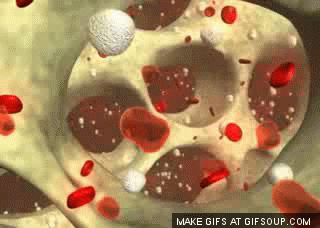
STEM CELLS
EXTRACTION OF STEM CELLS
Stem cell harvesting is simple and takes just minutes.
Your baby’s umbilical stem cells must be collected shortly after birth – if the blood is allowed to clot, it is useless. Stem cell harvesting takes just a few minutes, is safe, easy and painless, and doesn’t interfere with mother’s or baby’s care.
Scientists are discovering that many tissues and organs contain a small number of adult stem cells that help maintain them. Adult stem cells have been found in the brain, bone marrow, blood vessels, skeletal muscle, skin, teeth, heart, gut, liver, and other (although not all) organs and tissues. They are thought to live in a specific area of each tissue, where they may remain dormant for years, dividing and creating new cells only when they are activated by tissue injury, disease or anything else that makes the body need more cells.
Adult stem cells can be isolated from the body in different ways, depending on the tissue. Blood stem cells, for example, can be taken from a donor’s bone marrow, from blood in the umbilical cord when a baby is born, or from a person’s circulating blood. Mesenchymal stem cells, which can make bone, cartilage, fat, fibrous connective tissue, and cells that support the formation of blood can also be isolated from bone marrow. Neural stem cells (which form the brain’s three major cell types) have been isolated from the brain and spinal cord. Research teams at Children’s, headed by leading scientists Stuart Orkin, MD and William Pu, MD, both affiliate members of the Stem Cell Program, recently isolated cardiac stem cells from the heart.
Because embryonic stem cells and induced pluripotent cells (iPS cells), which are functionally similar, are able to create all types of cells and tissues, scientists at Children’s and elsewhere hope to use them to produce many different kinds of adult stem cells. Laboratories around the world are testing different chemical and mechanical factors that might produce embryonic stem cells or iPS cells into forming a particular kind of adult stem cell. Adult stem cells made in this fashion would potentially match the patient genetically, eliminating both the problem of tissue rejection and the need for toxic therapies to suppress the immune system.
A number of research groups have reported that certain kinds of adult stem cells can transform, or differentiate, into apparently unrelated cell types (such as brain stem cells that differentiate into blood cells or blood-forming cells that differentiate into cardiac muscle cells). This phenomenon, called transdifferentiation, has been reported in some animals. However, it’s still far from clear how versatile adult stem cells really are, whether transdifferentiation can occur in human cells, or whether it could be made to happen reliably in the lab.

